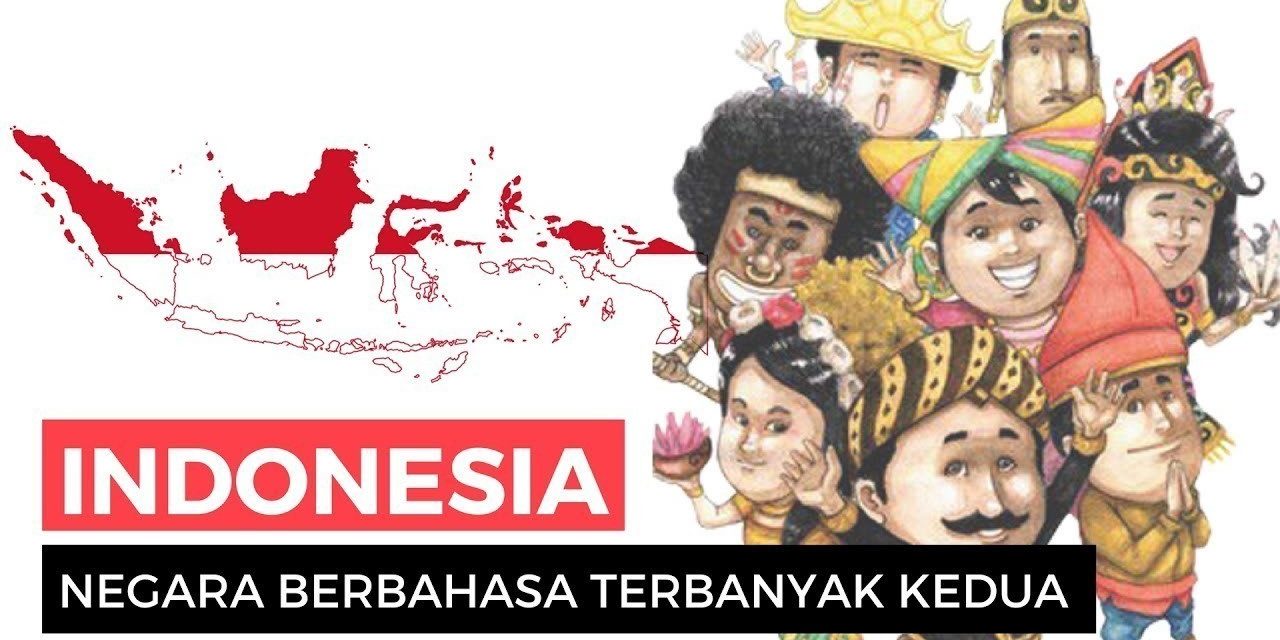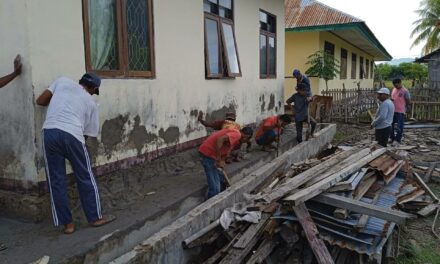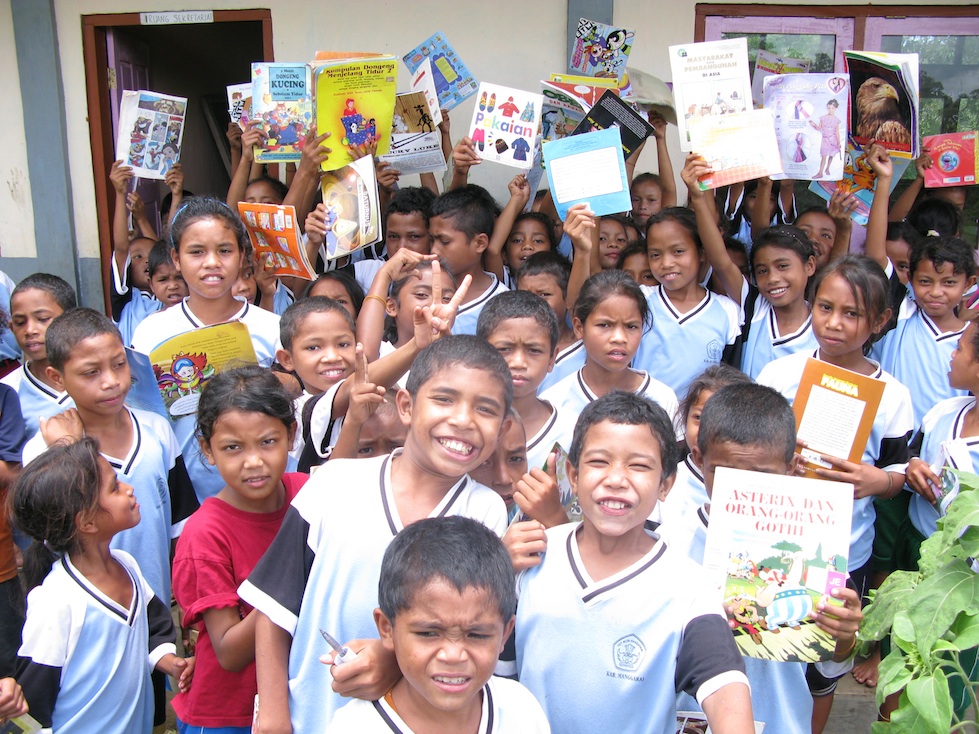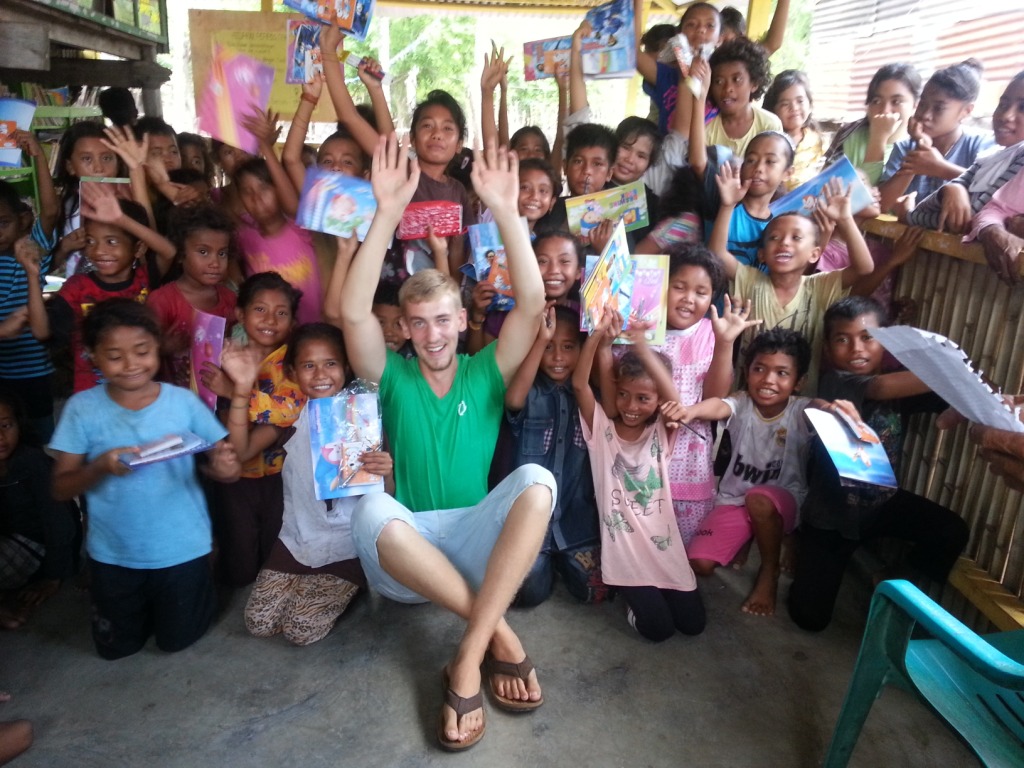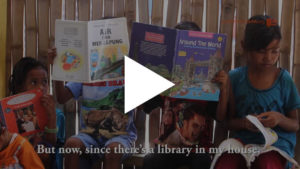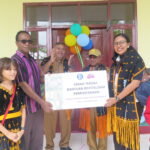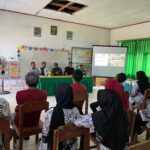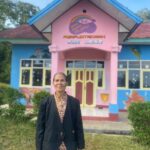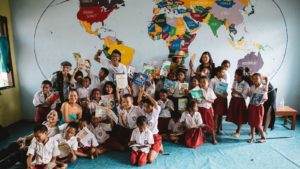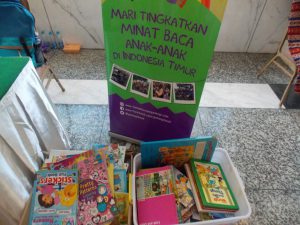Source of photo: vidio.com
Simply, mother tongue can be interpreted as a first learned language by a person before learning a foreign language. Mother tongue is the first language used by someone since birth.
The census conducted by BPS (central statistic) in 2010 – 2017 records that Indonesia has 1,211 regional languages, 300 ethnic groups, and 1,340 nationalities. In addition, according to research conducted by the language agency in 2015 it was found that Indonesia has 659 regional languages and 1,318 dialectical and subdialectical.
In 2017, the Ministry of Education and Culture of Republic of Indonesia mentioned that as many as 55 mother-language storybooks have been used as teaching materials for early childhood education. The books are written in Aceh, Sunda, Batak Karo, Malay, Palembang, Banjar, Dayak, Sanggau, Minahasa, Manado, Bugis and Ambon.
According to Mrs. Minda Tahapary, Coordinator of the Multilingual Education Team and Literacy at Yayasan Sulinama explained that the mother tongue is the most understandable language by children. Furthermore, he also explained the difference between the native language of the mother language. Mother tongue can be a local language, but the regional language does not necessarily become a person’s mother tongue. Mother tongue is also the result of the agreement of those who use it.
The Sulinama Foundation has been moving over the past few years in the documentation of mother tongue in some remote areas of Indonesia, such as in the Southwest Sumba and in the Lanny Jaya Mountains, Papua. One of the interesting findings of the field is that many tribes in Indonesia have a different letter system than those that are already used in Bahasa Indonesia. Like in the Kodi tribe, Southwest Sumba, they only have 25 alphabets only.
So, what is the relation to the use of mother tongue in helping children read fluently? One of the main reasons the use of mother tongue can help children to absorb more quickly is because they have used the language in their daily life.
Forcing a child who is already accustomed to using their native tongue or region to use Bahasa Indonesia as an introductory learning is a step that does not fit their needs. Therefore, it is not uncommon for us to find children who are growing up with their native language have the difficulty of learning to read, even though they are already in the higher class.

In addition to being an introductory conversation in everyday life, mother tongue is the identity marker of one’s origins. Mother tongue is also a fundamental cornerstone of how people think and one’s efforts to preserve the nation’s culture.
The use of local language and mother tongue has also been arranged in the CONSTITUTION 1945, UU No. 21/2001 on special autonomy for Papua province, and LAW No. 20 year 2003 on national education system.
In the LAW of Sisdiknas in 2003 mentioned that teachers do not need to be busy correcting child diction using the context of local language. According to research conducted by Global Education Monitoring, It is mentioned that 40% of the world’s population is accessing education in languages that are not understood.
In chapter VII Chapters 33 also mentioned that Bahasa Indonesia as the national language, native language as the language of instruction for early education, and foreign language as an introduction to certain units of education
Therefore, the education unit should be able to accommodate the needs of children in the use of their mother tongue or local language in the following school studies, especially for early stages.
Caring for the needs of children in the use of mother tongue and native language is also in line with the points in the Trigatra build language that are, prioritizing Bahasa Indonesia, preserving native language, and mastering foreign languages.
![Taman Bacaan Pelangi [Rainbow Reading Gardens]](/wp-content/uploads/2016/07/logo_taman_bacaan_pelangi_rainbow_reading_gardens_bilingual_d.png)
